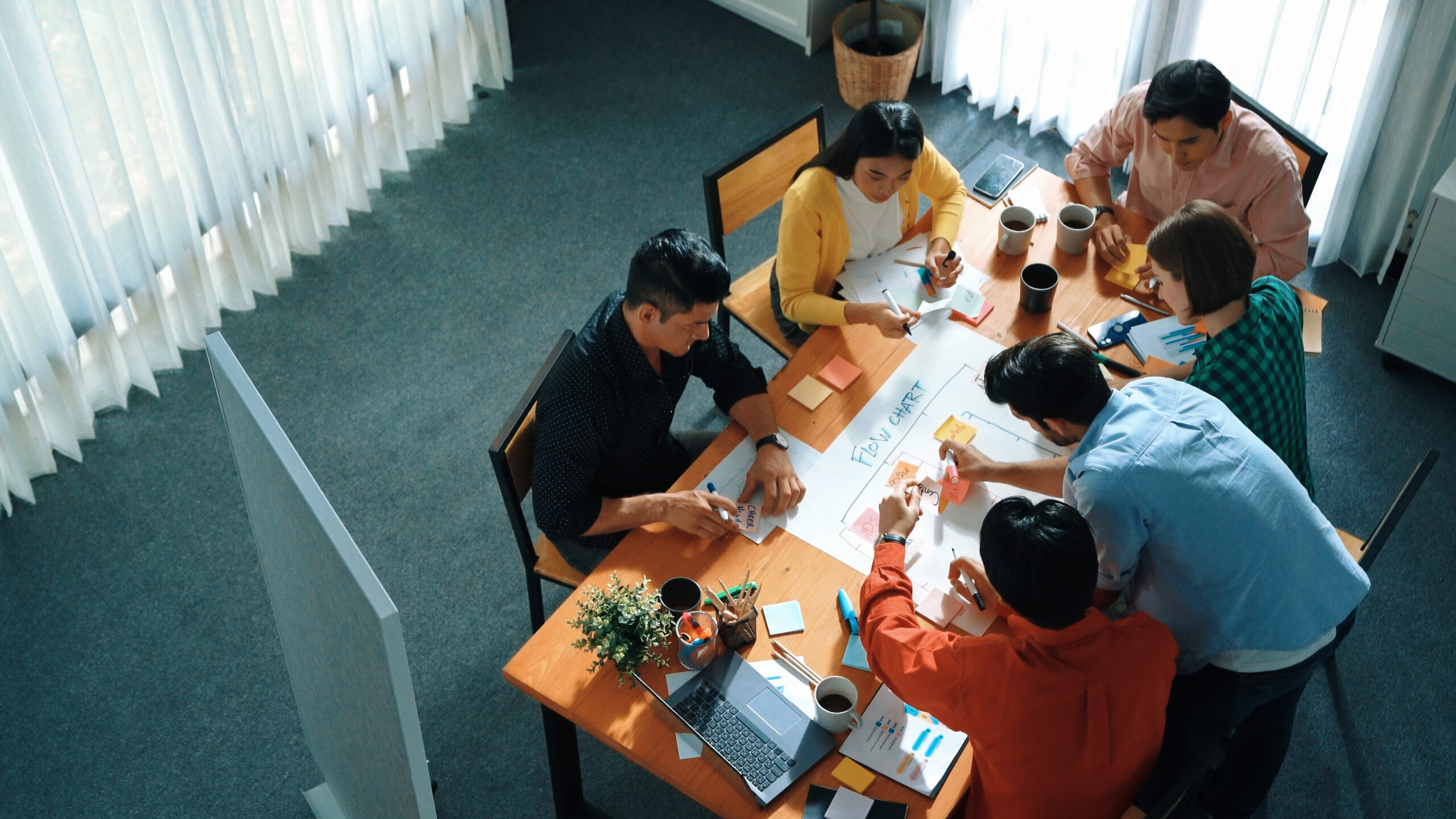There’s something magical about watching a community come together. Whether it’s families laughing at a neighborhood block party, volunteers packing supplies for a local charity, or kids learning new skills at a workshop, these moments remind me of the power of connection. Over the years, I’ve had the privilege of organizing many events in Urbandale, Iowa, and I’ve learned that bringing people together takes more than just planning logistics—it takes heart, creativity, and a genuine desire to make a difference.
In this post, I want to share some practical tips and personal insights I’ve picked up along the way. Whether you’re dreaming of hosting your first community event or looking to refine your approach, I hope these ideas will inspire you to turn your vision into a meaningful gathering.
Start with a Clear Purpose
Every great event begins with a clear purpose. Ask yourself: Why am I planning this event, and what do I want to achieve? Maybe you want to raise funds for a cause, celebrate a holiday, or simply give neighbors a chance to connect. Knowing your “why” will shape every decision you make, from the theme to the activities.
For example, when I helped organize a school supply drive for local kids, our purpose was to make back-to-school season a little easier for families in need. That purpose guided everything, from choosing the venue (a donated space at a community center) to deciding on activities (a craft station for kids to decorate their school supplies).
Know Your Audience
Understanding your audience is crucial. Who are you hoping will attend, and what will make the event enjoyable for them? If it’s a family-friendly event, you’ll want activities for all ages. If it’s a workshop or networking event, think about what participants will gain from attending.
When planning a summer festival in Urbandale, I made sure we had something for everyone: live music for the adults, games for the kids, and plenty of food vendors. By catering to a diverse audience, we saw families, teens, and seniors all enjoying the day together.
Build a Team You Trust
Planning an event solo can feel overwhelming, so don’t be afraid to ask for help. Recruit a team of volunteers or collaborators who share your enthusiasm and bring different skills to the table. You might have someone great at budgeting, another person skilled in promotion, and a few others who can handle logistics on the day of the event.
When I organized a craft fair, I leaned on friends to help with setup, advertising, and running booths. Having a reliable team allowed me to focus on coordinating the overall event without getting bogged down in the details.
Budget Wisely
No matter the size of your event, having a budget is essential. Start by listing all potential expenses, from venue rentals and permits to decorations and refreshments. Then, think creatively about how to save money. Could you find sponsors or local businesses willing to donate supplies? Are there community spaces you can use for free?
For a neighborhood holiday party I planned, we kept costs low by asking attendees to bring a dish to share, borrowing tables and chairs from a local church, and using DIY decorations made from recycled materials.
Promote with Heart
Once your event is planned, it’s time to spread the word. Social media is a fantastic tool for reaching people quickly and effectively, but don’t underestimate the power of personal invitations and community bulletin boards.
For me, promoting an event is about more than just listing the date and time. I try to capture the spirit of the gathering by sharing stories or photos that show what people can look forward to. For example, when promoting a charity run, I shared testimonials from past participants about why the event was meaningful to them.
Create a Welcoming Atmosphere
The atmosphere of an event can make or break the experience. Simple touches like clear signage, friendly volunteers, and thoughtful details can make guests feel welcome and comfortable.
At a recent craft workshop I hosted, we greeted everyone at the door with a smile, offered name tags to encourage mingling, and made sure there were plenty of snacks and drinks available. These little things helped create a relaxed and inviting environment where people could focus on enjoying themselves.
Adapt as Needed
Even the best-planned events can face unexpected hiccups. Maybe the weather doesn’t cooperate, or a vendor cancels last-minute. Flexibility is key. Have backup plans in place and try to stay calm under pressure.
At a spring picnic I organized, a sudden rainstorm forced us to move everything indoors. While it wasn’t what we envisioned, the event was still a success because we focused on keeping the spirit of the gathering alive.
Celebrate Your Success
After the event is over, take time to reflect on what went well and what you could improve for next time. Celebrate your accomplishments and thank everyone who contributed. A heartfelt thank-you note or a shout-out on social media can go a long way in showing appreciation.
When our school supply drive wrapped up, we sent thank-you emails to donors and volunteers, sharing photos of kids with their new supplies. Seeing the impact of everyone’s efforts was incredibly rewarding.
Closing Thoughts
Planning community events is one of the most fulfilling things I do. It’s not just about the logistics—it’s about creating moments that bring people closer together and leave a lasting impact. While it takes effort and teamwork, the rewards are immeasurable.
If you’re thinking about organizing an event, I encourage you to take that first step. Whether it’s a small gathering or a large festival, your efforts can make a real difference. Start with your purpose, build a team, and let your passion guide you. You might just find that in bringing your community together, you discover your own sense of belonging, too.
Here’s to turning ideas into unforgettable experiences!
